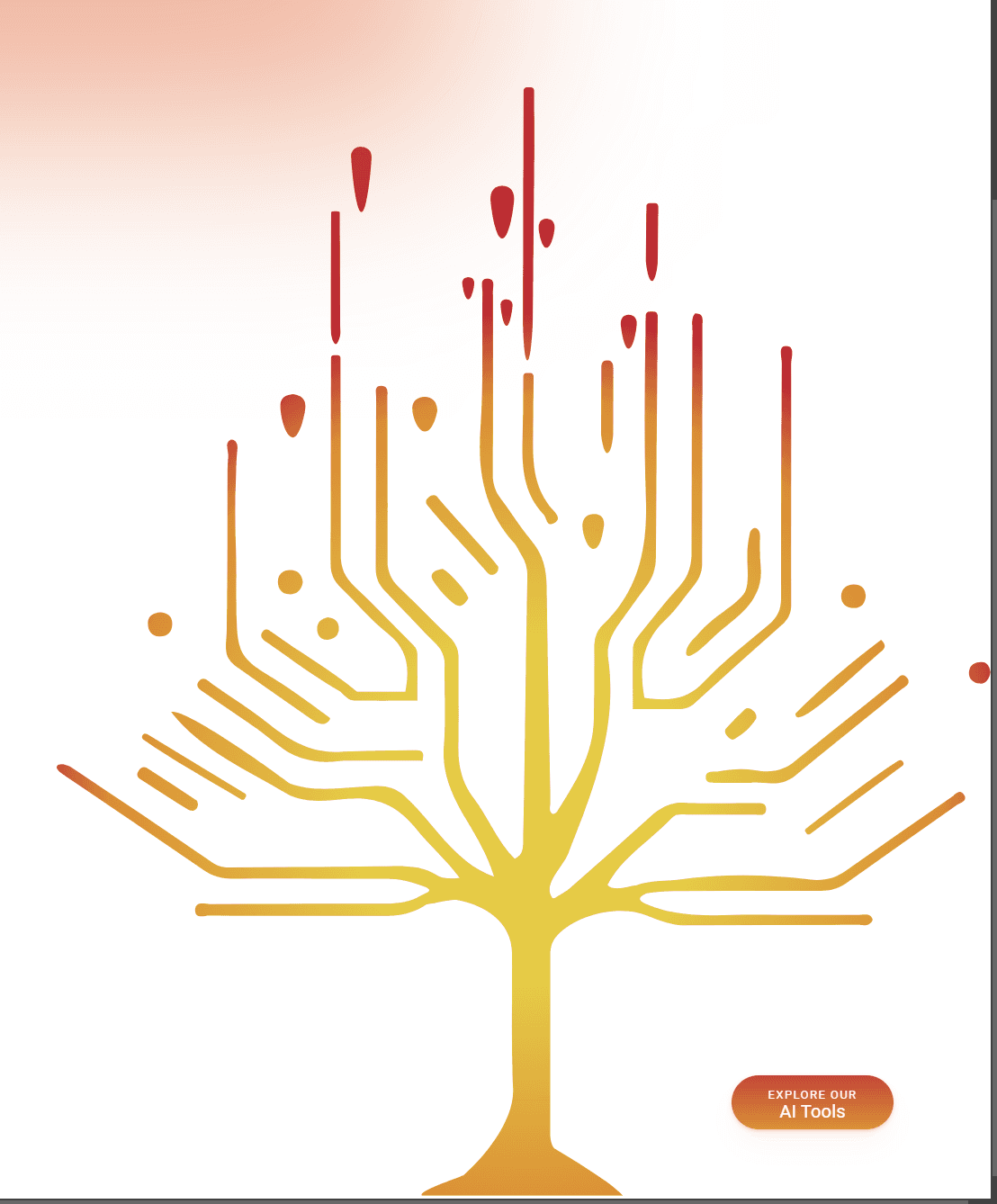Oct 9, 2024
6 Min

UnconstrainED Team

Introduction:
In today’s fast-paced world, efficiency is essential. Imagine transforming a daunting 5-hour task into just 15 minutes—sounds impossible, right? The secret isn't magic; it’s mastering the art of prompting AI.
What are Prompts:
Prompts are the questions you feed AI for an answer or result. The way you ask questions can dramatically affect the quality and speed of the responses you receive. Let’s uncover how effective prompting can supercharge your productivity and help you maximize your AI interactions.
Best Practices for Effective Prompting of Large Language Models:
As large language models (LLMs) revolutionize our interactions with technology, mastering the art of prompting becomes vital. Effective prompts guide the model to generate relevant responses and enhance the overall quality of the interaction. In this section, we’ll explore best practices for prompting LLMs, focusing on the "3 P’s," distinctions between analytical and creative tasks, and advanced techniques to elevate your prompting skills.
The 3 P’s Framework: Persona, Problem, Parameters:
To craft effective prompts, start with the "3 P’s":
Persona: Define who the model should embody. For instance, asking it to "Act as a nutritionist" establishes a specific perspective.
Problem: Clearly articulate the task at hand. Instead of a vague request like "Tell me about nutrition," specify, "What are three healthy meal options for busy professionals?"
Parameters: Set clear boundaries and expectations. For example, "List three meals with preparation times under 30 minutes."
This structured approach helps the model understand your intent, leading to more accurate and relevant outputs.
Example: If you are seeking travel advice, you might prompt: "As a travel expert, what are three budget-friendly tips for exploring Italy, including specific cities and activities?" This clarity ensures the model knows exactly what you need.
Teaching Principles in Prompting:
Effective prompting mirrors good teaching practices. Here are some techniques to incorporate:
Chunking: Break complex requests into smaller, manageable parts. Rather than asking for a full travel itinerary, start with, "What are some must-visit destinations in France?"
Checking for Understanding: Encourage the model to reflect or summarize its understanding, which helps you fine-tune subsequent prompts.
Encouraging Clarification: If the model’s response is unclear, guide it to ask for more details. For instance, "If you need more information to answer, please let me know!"
Example: When asking about a complex topic, consider prompting: "Explain blockchain technology in simple terms. If anything is unclear, please ask for clarification."
Tailoring Prompts for Analytical vs. Creative Tasks:
Prompting strategies vary greatly based on the nature of the task.
Analytical Tasks
Analytical tasks benefit from a structured and detailed approach. Specificity in prompts can enhance clarity and ensure focused outputs.
Example: For a data analysis request, you might say: "Analyze last quarter’s sales data and summarize key trends in bullet points." This level of detail directs the model to concentrate on important findings.
Creative Tasks:
In contrast, creative tasks thrive on flexibility. Open-ended prompts encourage diverse ideas and imaginative responses.
Example: For a creative writing assignment, you might prompt: "Write a short story about a time traveler visiting ancient Rome. Feel free to explore various characters and plot twists." This openness invites creativity and unique storytelling.
Advanced Prompting Techniques:
Once you are comfortable with the basics, explore advanced techniques to enhance your prompting:
Multiple Personas: Ask the model to adopt different roles to provide varied perspectives. For example, "Debate the significance of renewable energy as both an environmentalist and a businessman." This fosters a richer exploration of the topic.
Chain of Thought Prompting: Encourage the model to explain its reasoning. Instead of simply asking for an answer, prompt with, "Walk me through your thought process in solving this math problem."
Utilizing Refinement Tools: Leverage tools designed to improve prompt crafting. These can offer suggestions based on previous interactions, helping you refine your skills over time.
Example: To stimulate debate, prompt: "Present arguments for and against universal basic income from the perspectives of a politician and an economist." This approach elicits a balanced and nuanced discussion.
Conclusion:
Mastering effective prompting of large language models is an art that balances clarity, structure, and creativity. By leveraging the 3 P’s—Persona, Problem, Parameters—you create a solid foundation for engaging interactions. Understanding the nuances between analytical and creative tasks allows you to tailor your prompts effectively. Finally, exploring advanced techniques can push the limits of what LLMs can achieve.
Remember, prompting is an iterative process. Treat the model as a collaborative partner, and don’t hesitate to adjust your approach based on its responses. With practice and experimentation, you’ll become adept at crafting prompts that yield insightful and impactful interactions with large language models.



